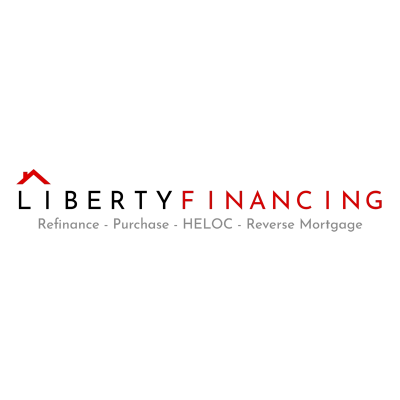5 Precautions to Protect Yourself from Credit Card Fraud
In an age where digital transactions are the norm, the threat of credit card fraud looms larger than ever. This article demystifies the complexities of financial security by providing clear, actionable steps recommended by top industry experts. Discover the essential precautions that can fortify your defenses against the sophisticated tactics of today's cybercriminals.
- Set Up Real-Time Transaction Alerts
- Freeze Credit Inquiries with Major Bureaus
- Use Notifications to Catch Suspicious Activity
- Enable Multi-Factor Authentication for Financial Accounts
- Implement Multiple Verification Levels for Protection
Set Up Real-Time Transaction Alerts
In today's age, credit card fraud is a constant threat, but everyone should take one specific step to protect themselves: setting up real-time transaction alerts. This is an incredibly simple task, but it can make a world of difference and most banks and credit card companies offer this essential and valuable feature.
How this works is every time a transaction is to be made on your credit card, a notification is immediately sent to you (usually through a text or email) to alert you that someone is charging your card. I find this feature incredibly useful because it allows me to instantly verify the transaction and notify me of any unauthorized activity that I would otherwise be oblivious to. I have been saved by the feature numerous times, and I know many people who could have used it but were unaware that it was even offered. For example, I once received an alert for a small online purchase that I knew I had not made. From this alert, I contacted my bank, and they confirmed that it was a fraudulent transaction so I could cancel my credit card and receive a new one.
Protecting yourself from credit card fraud requires staying vigilant. The easiest way to do this is to set up real-time alerts so that you know exactly what is happening with your account. By taking this proactive step, you can significantly reduce your risk of fraud and safeguard your finances.

Freeze Credit Inquiries with Major Bureaus
To protect myself from credit card fraud, I have frozen my credit inquiries with all the major credit bureaus--Experian, Equifax, and TransUnion. This means that no one can open a new line of credit in my name unless I manually unfreeze my credit. When I need to apply for new credit, I temporarily lift the freeze with the specific bureau that the lender will check.
This added step helps prevent unauthorized accounts from being opened under my identity. I also regularly monitor my credit reports and bank statements for any suspicious activity. If I notice anything unusual, I take immediate action by reporting it to my bank and the credit bureaus. Freezing my credit gives me peace of mind, knowing that my financial information is more secure from fraudsters.

Use Notifications to Catch Suspicious Activity
One way I stay ahead of credit fraud is by using real-time transaction alerts. Anytime a charge is made on my card, I get a notification, which makes it easy to catch anything suspicious right away! If something doesn't look right, I can contact my bank immediately to stop further unauthorized charges.
I also make sure I check my statements regularly and avoid storing my card details on websites unless it's absolutely necessary. Taking these extra steps gives me peace of mind and helps keep my financial information secure!

Enable Multi-Factor Authentication for Financial Accounts
One tip for protecting yourself from financial scams and fraud during retirement is to limit access to your sensitive information by only sharing personal and financial details with trusted institutions, and to regularly monitor your accounts for any suspicious activity.
A specific step I've taken to safeguard assets is enabling multi-factor authentication (MFA) for all financial accounts. This adds an extra layer of security, requiring more than just a password to access accounts. I also ensure that all communication with financial institutions is done through secure, official channels, and I never click on unsolicited emails or links asking for personal information.
By staying vigilant, regularly reviewing account statements, and using additional security measures like MFA, you can reduce the risk of falling victim to financial scams during retirement.

Implement Multiple Verification Levels for Protection
One of the suggestions made on protecting yourself from financial fraud is to verify the source of unsolicited financial offers or requests. Personally, I have implemented multiple verification levels for all my financial accounts, including two-factor authentication. In addition to this, I am in close collaboration with a reliable financial advisor who continuously checks the accounts for any suspicious activity. Also, being cautious about new scams and fraud alerts has protected my assets as I prepare for the future.


